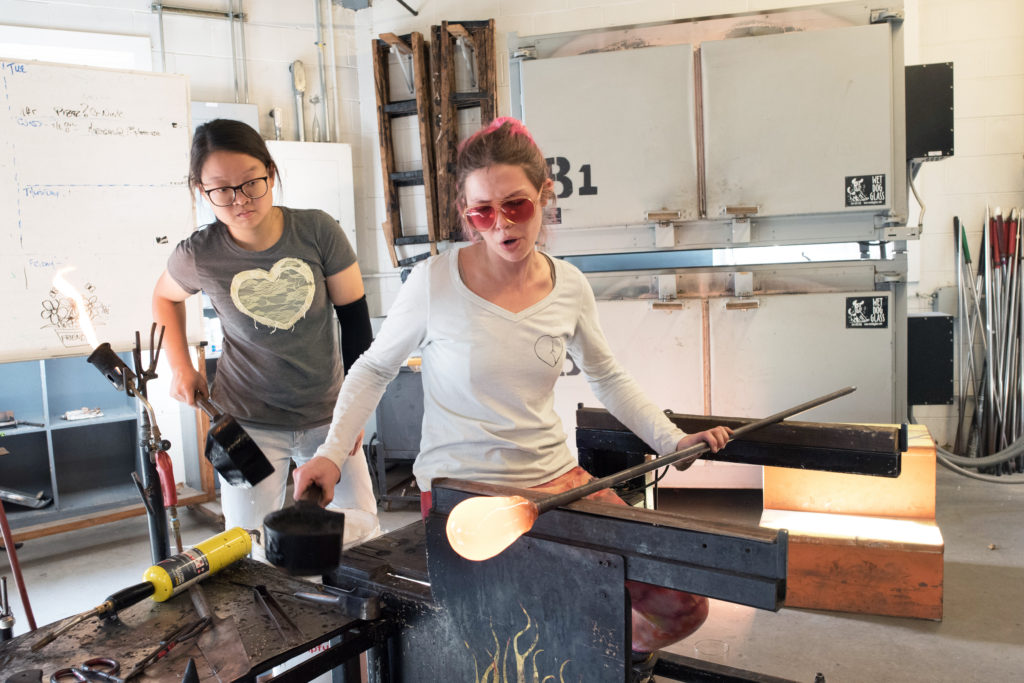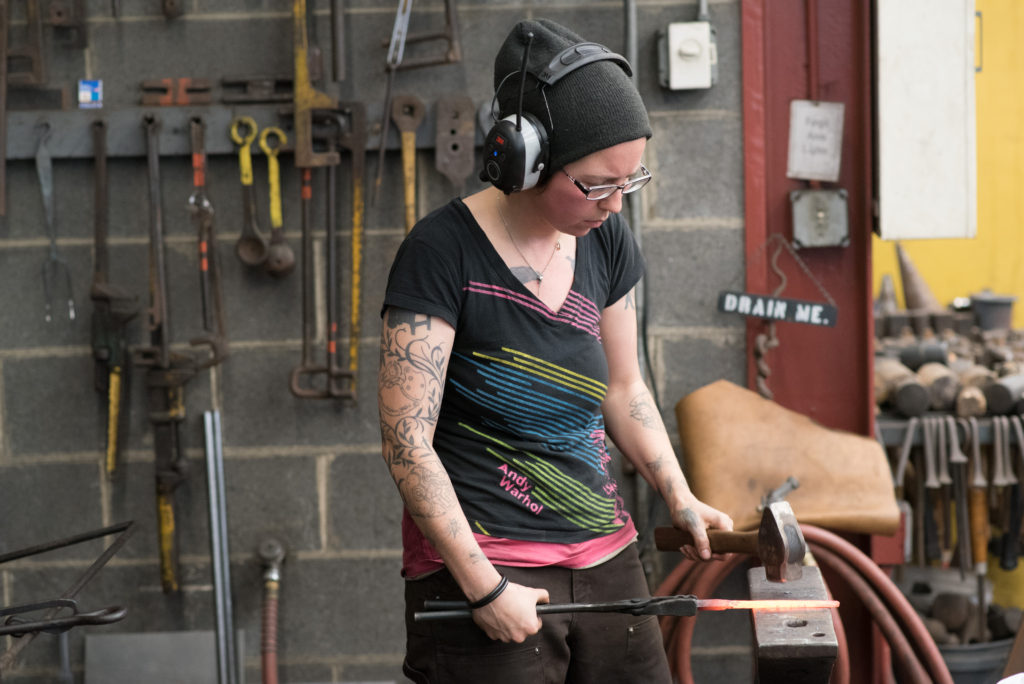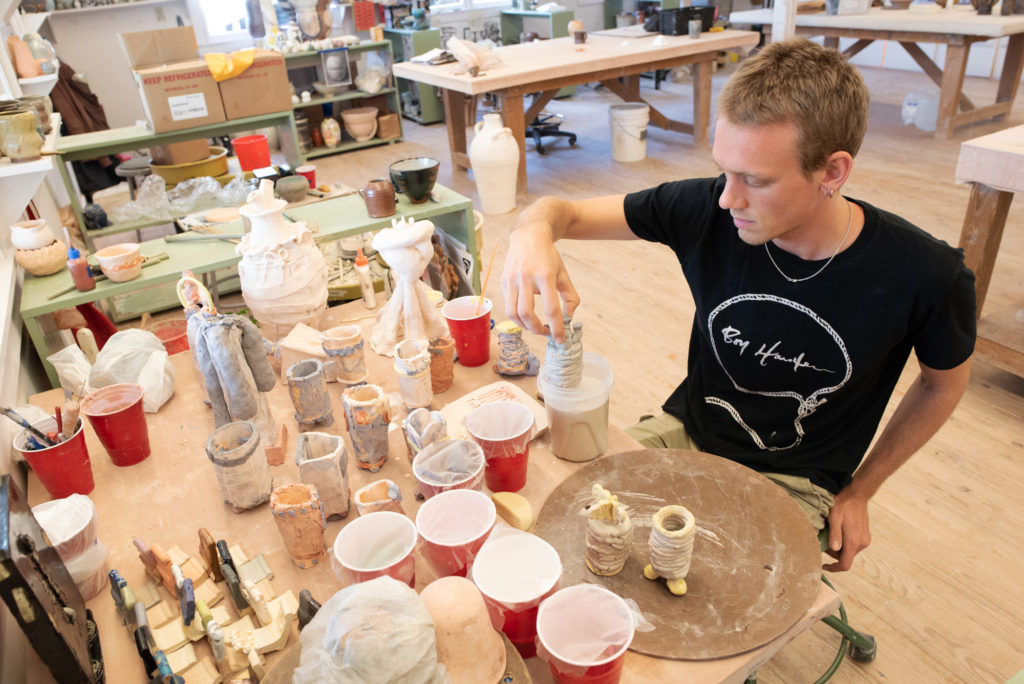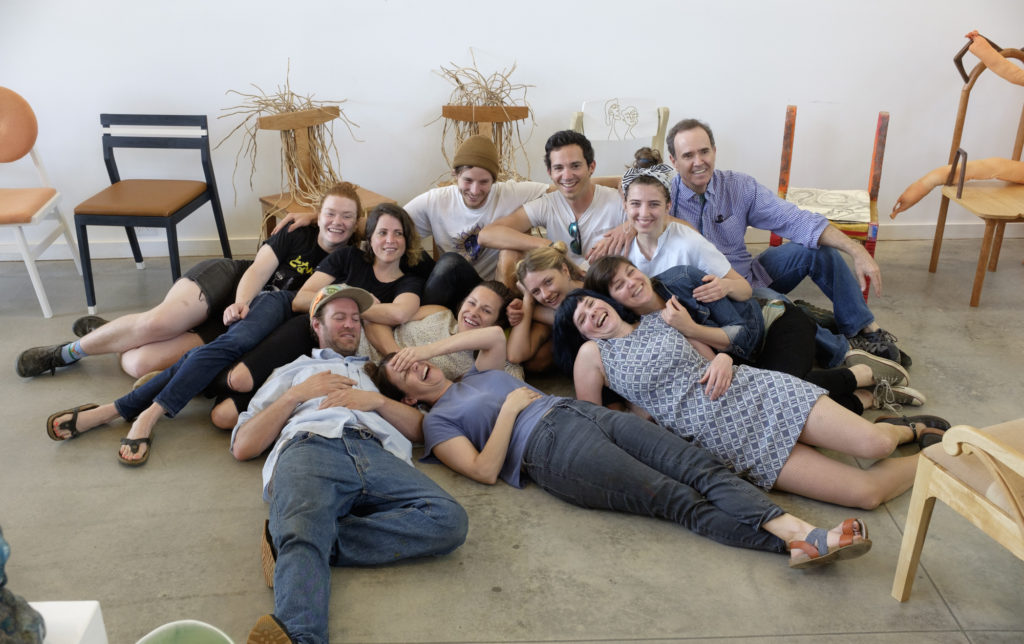Concentrations are Penland’s signature eight-week sessions. They’re a singular experience—almost as long as a college semester, with the intensity of a total-immersion workshop. Whether you’re new to the material or a regular in the studio, they’re an opportunity to focus, experiment, connect, and make enormous strides in your work.
Scholarships are available for the Concentrations below! If you have a desire for creative exploration in a supportive, energizing community, please apply to join us. There’s really nothing like it.
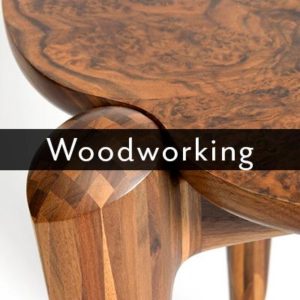 All Outward Appearances
All Outward Appearances
with Jack Mauch and guest instructor Ellen Kaspern
September 22 – November 15, 2019
Experienced instructor Jack Mauch will lead students through an in-depth exploration of surface decoration techniques and the wooden structures beneath. Students will start small, applying processes like veneering, marquetry, parquetry, and wood and metal inlay to handmade frames and boxes. From there, they’ll quickly move on to building wall cabinets and small tables that incorporate their surface patterning. Students of all levels, from those who have never before touched a chisel to seasoned woodworkers, will end the course by designing and building a furniture or sculpture project that expands their skills and visual vocabularies in wood. As Jack explains, “We’ll value process and discovery over product, keep a steady but contemplative pace, and mine the veins of our aesthetic curiosity—especially when that takes us deep below the surface.” Expect to challenge yourself, learn a whole lot, and meet folks doing the same. All levels.
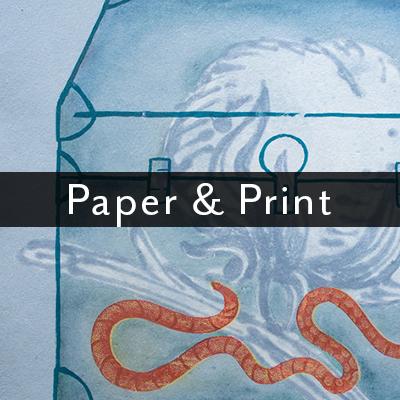
Paper & the Unique Print
with Georgia Deal and guest instructor Helen Hiebert
September 22 – November 15, 2019
Students in this intensive workshop will move between Penland’s paper and printmaking studios to explore the endless possibilities for combining handmade paper and monoprinting. The class will begin in the paper studio, where instructor Georgia Deal will introduce fibers and processes from both Eastern and Western papermaking traditions. Students will experiment with stenciling, inclusions, embedments, pigmenting, pulp transfers, and more to create expressive sheets tailored to their individual visions. Over in the printmaking studio, they will use these sheets as substrates for printing, using a wide range of monoprint and monotype processes to create imagery. The back-and-forth of working in both media will expand your visual vocabulary and encourage you to own every aspect of the process, from paper to print! All levels.
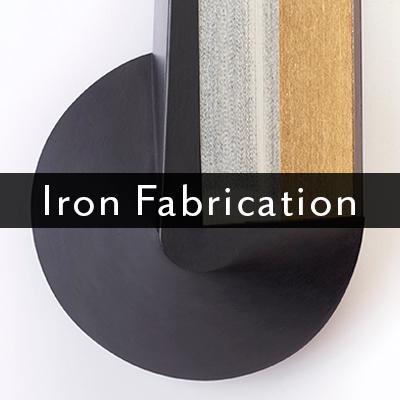
Focus on Fabrication
with Andrew Hayes and guest instructor Mike Rossi
September 22 – November 15, 2019
Penland instructor and former resident artist Andrew Hayes will guide students as they transform stock steel into a wide variety of functional and sculptural objects of their own design. Students will get their ideas flowing and solidify their skills as they cut, form, weld, and finish their way through a series of short projects. Then they’ll move on to more independent work, focusing the whole time on concept, design, and execution. “The goal of this workshop is for you to find your aesthetic in steel,” says Andrew. Skills including measuring; layout; cutting with torches, saws, cutoff wheels, and shears; gas, MIG, and TIG welding; finishing; grinding; sanding; filing; patina; paint; and presentation will help you get there. All levels.
